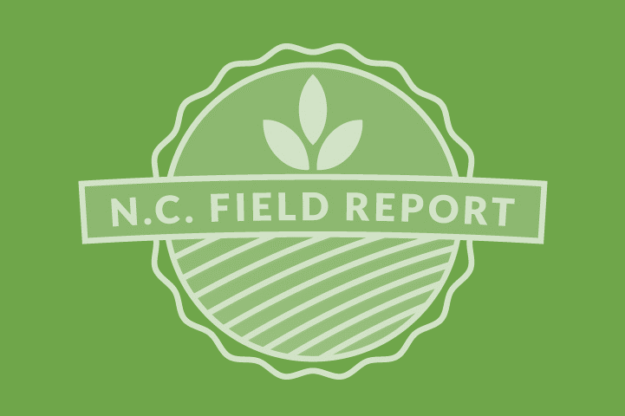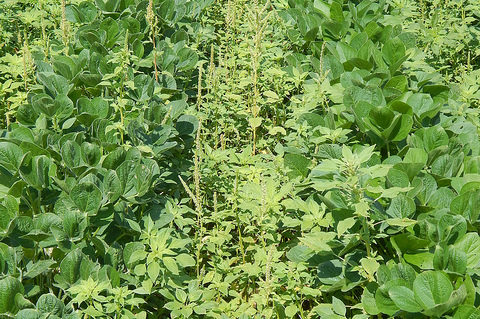NCSPA Board Names New Leadership
On January 13, 2017, the North Carolina Soybean Producers Association elected new officers and executive committee members for the board of directors. John Fleming of Scotland Neck, N.C. was elected president of the Association. “I am excited to serve the North Carolina Soybean Producers Association as its president,” commented Fleming. “I look forward to helping…
Details








